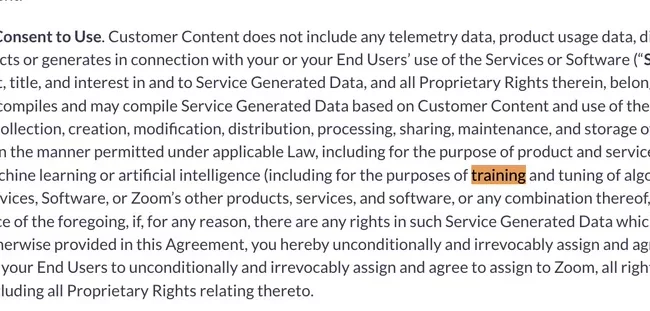Nudging, Boosting, and Self-Nudging
Behavioral science interventions, with their diverse nature, can be classified in various ways, such as through UCL’s Behaviour Change Technique Ontology. A defining characteristic is the degree of individual autonomy or agency during behavior change.
The concept of a “nudge” is to subtly alter choice architecture, gently guiding individuals toward certain behaviors. For instance, reframing nurses’ handwashing practices as an act of patient care rather than a compliance task can be seen as a nudge.
These nudges, while effective initially, often need repetition, mirroring how AI systems require ongoing nudges for optimization. This similarity between human and AI behavior can be attributed to an inherent “laziness” or a tendency toward efficiency.
How many times have your generated a script with AI help and the AI just tosses in placeholder code. “#The rest of your code here” and you have to prompt it to provide the full text. Over and over, just plain lazy.
Conversely, “boosts” aim to empower individuals with actionable competencies. In the context of nursing, a boost might make the risks of unwashed hands more tangible, translating abstract percentages into more relatable frequencies. These boosts, similar to enhancing AI with comprehensive data or refined algorithms, grant more autonomy and efficiency. Yet, both humans and AI can exhibit a form of “laziness” when over-relying on certain competencies, leading to potential stagnation.
While boosts hold promise, they are particularly effective for individuals with ambiguous or conflicting goals. Nudging such individuals might be ethically complex. Moreover, in “toxic choice environments” – where certain setups are tailored to manipulate choices, such as some fast-food chains or AI-driven platforms – boosting serves as a countermeasure, helping individuals navigate and resist undue influences.
It’s crucial to recognize that nudges and boosts aren’t antagonistic but can synergize. A reminder (a nudge) might prompt the application of a learned skill (a boost). An example includes a ribbon on a car door nudging individuals to use the Dutch Reach technique.
Furthermore, the advent of “self-nudges” allows individuals to tailor their decision-making environments. This empowerment, reminiscent of equipping AI with adaptive learning capabilities, underscores the significance of autonomy and ongoing growth.
This underlying theme of laziness, draws notable parallels between human decision-making and AI system optimization. Often it is what is needed to get to the finish line. – This leads to a larger story on reliability and true enterprise utility.
(ed note – AI helped with the examples used in this post, removed a totally unrelated paragraph that ended up in this post)
